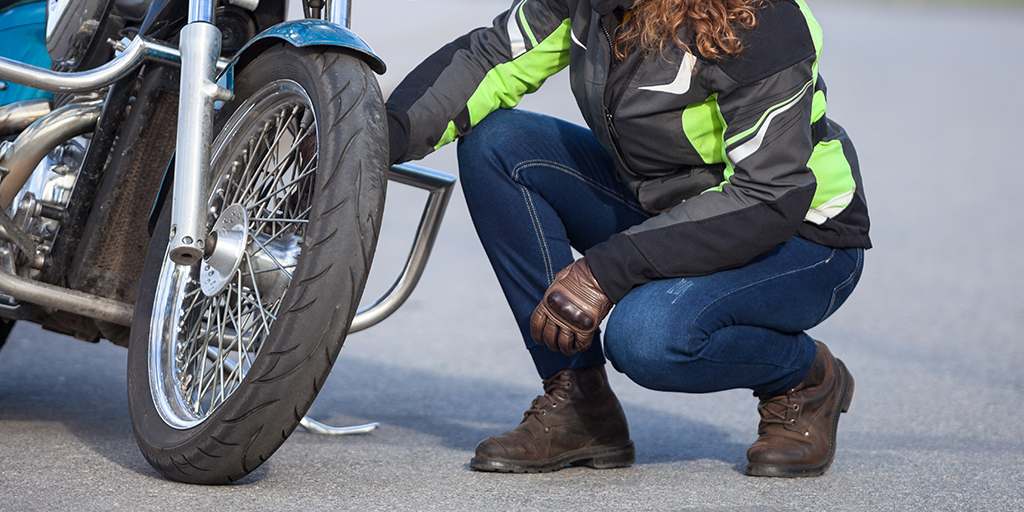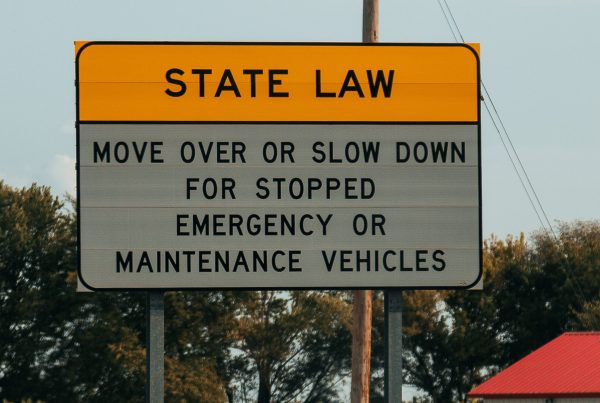Every year, we cover T-CLOCS as a check you should do before going for a ride to check over your bike. However, you can also use T-CLOCS at the start of your riding season to ensure everything is ready. Even if you can’t ride right now, you have time to ship parts or make appointments at your local shop.
Today, we will cover the T in T-CLOCS, which is for tires. Checking tires isn’t just checking air pressure; there are other things you must also check. Tires are very important; not only can you die if a tire has a problem, but if you are riding with others, you can kill or injure them too.
But checking air pressure is important, so let’s start there. Your tire’s pressure is printed on your tire’s sidewall, a label on your frame, and your owner’s manual. You can use any standard air pressure gauge, but if you have a bagger, consider buying a gauge with a longer tube to make it easier. Also, on a bagger, it may be hard to find the air pressure written on the tire with the bags on, so I recommend you write it down and maybe tape it to the gauge, so you have it ready for next time too.
You also need to check the tread. You can get a tread gauge, but using the “Penny Test” is simple. Take a regular penny, put it into the tread, then look at it from the side of the tire; if you can see all of Lincoln’s head, you need to replace your tires.
You also need to check the condition of the whole tire. A few years ago, a wave of bad tires would crack, and chunks would come loose from the tire. Check for cracks, chunks missing, slices, and of course anything stuck in the tire like a nail or screw.
Check the wear on the tire. If the wear is uneven, it can be a sign that there is something wrong that you don’t see. If you have wire spokes, it can be a sign of bad wheel bearings, warped rotors, or even a bent or loose spoke. Besides just looking at it, one of the best ways to check is to run your hands over the tires. You can feel if there is a problem.
Check the rims and spokes; look for cracks or holes. If you have wire spokes, look for loose, bent, or missing spokes. Ryan F9 did a YouTube video about pre-ride checks and showed a cool trick to check spokes. He takes his air gauge and runs it around the spokes, and if any of them sound different, you know there is a problem. I’ve included this video in the links below.
Another good thing you should do is roll the bike around so you can look at all areas of the tire. Checking the rear wheel can be a pain if you don’t have a motorcycle lift or jack. You may have lay on the floor and have someone else roll it around while you look.
Another part of the tire check is the brakes. You need to check the brake pads and test the brakes in the garage, outside at slow speeds, and then under regular conditions. If they are making noise or not stopping, you may need to add brake fluid. Remember, some bikes have two places to add fluid. The fluid may not be the fix, but it is worth checking. Your brakes can also stick and not release, so check for that.
I won’t go too far into what type of tire you should buy, but I want to make some suggestions.
1. Put a motorcycle tire on a motorcycle. Motorcycle engineers have worked very hard to design tires for motorcycles, and car engineers do the same for car tires; car tires aren’t designed for motorcycle safety.
2. Your tire tread should match; your ride may be uncomfortable if they don’t.
3. Don’t skimp on tires; your life depends on them.
Links:
Download your own checklist: https://msf-usa.org/downloads/T-CLOCS_Inspection_Checklist.pdf
A good air gauge: https://a.co/d/4Y13vIx




